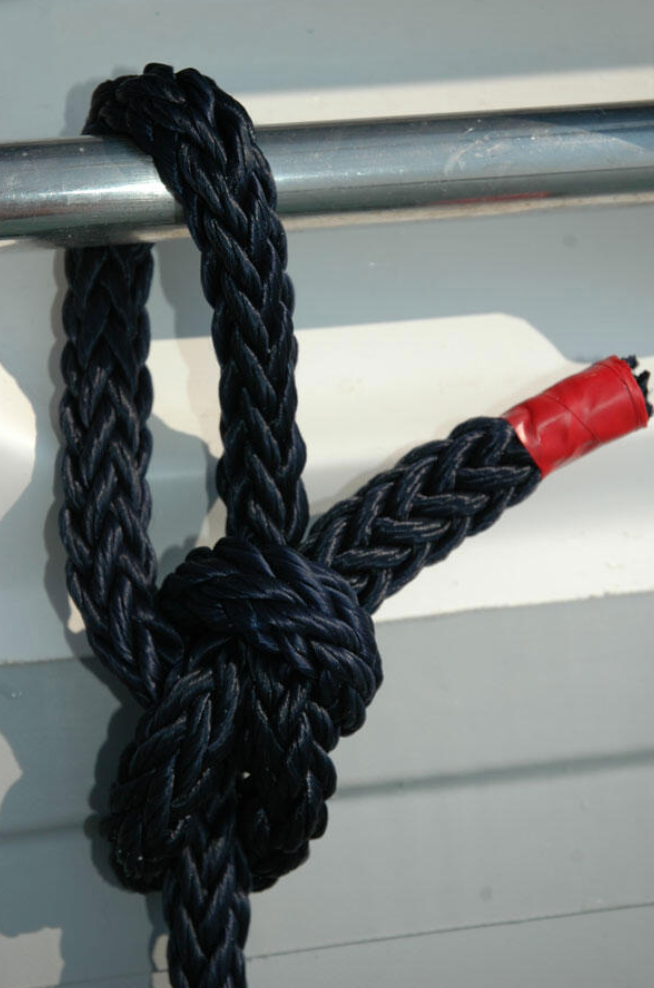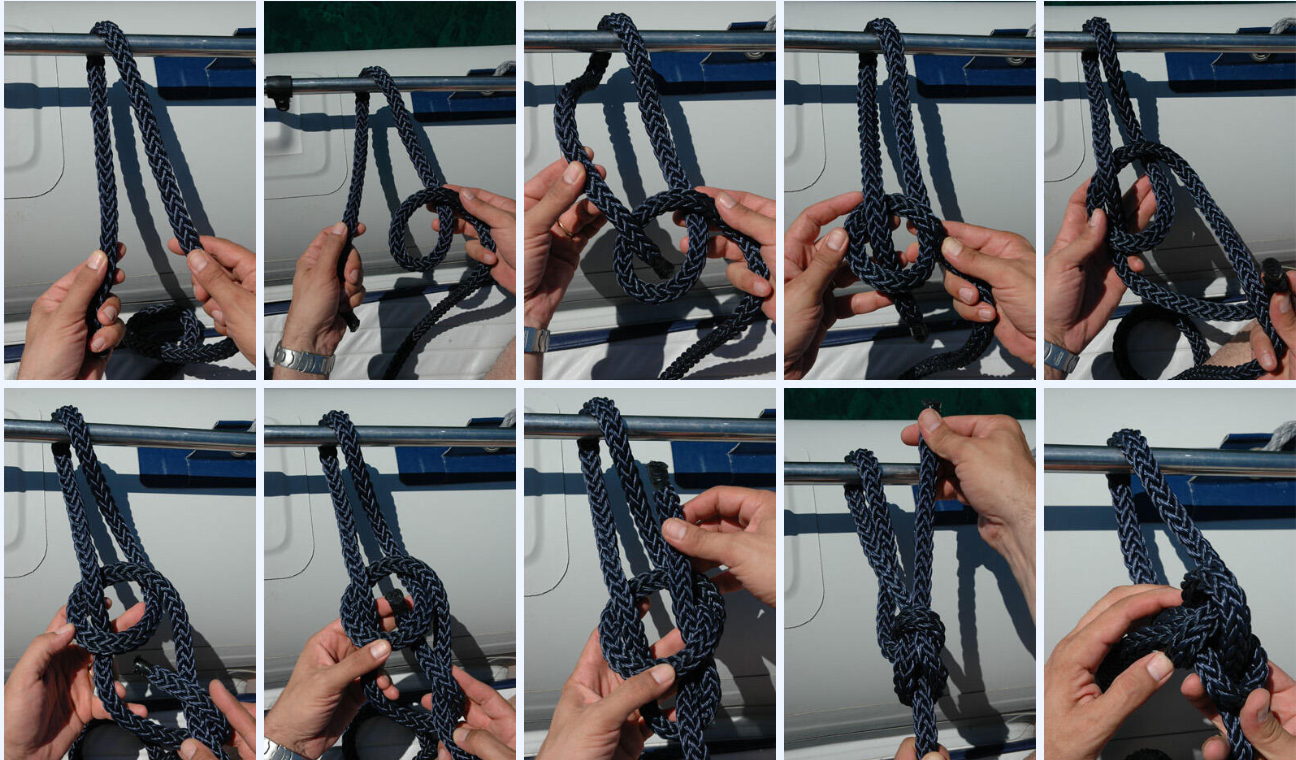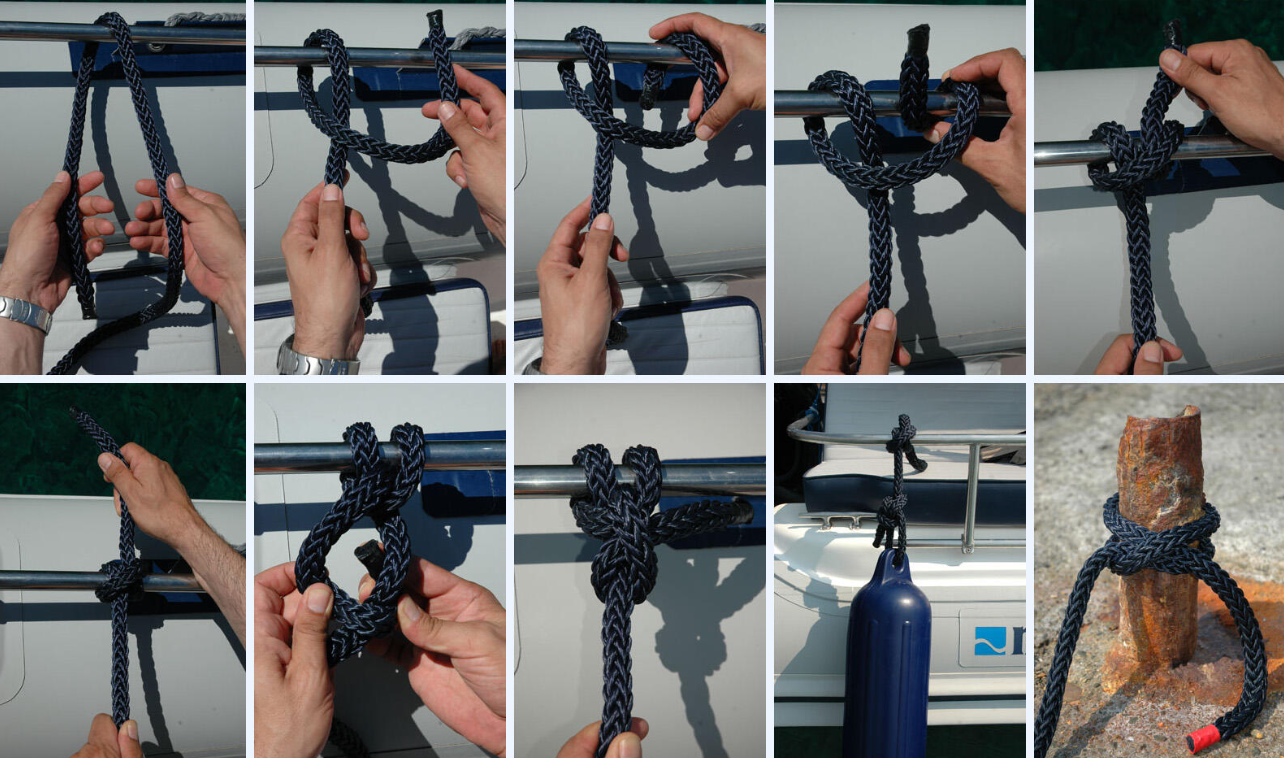Maritime Knots and Their Use: The Bowline and the Clove Hitch

Before we go out to the sea, it is necessary to know some basic knots that will help us to tie up safely. Maritime knots are an integral part of seamanship and benchmark of a good captain and for captain and crew, it’s necessary to know basic knots and their intended use. For this story, we look at the bowline and the clove hitch.
Bowline
If we were looking for the most useful seaman’s knot, we would choose the Bowline. It is referred as the “king of knots.” The Bowline is an ancient knot used to form a secure loop at the end of a rope. It is the safest knot with many applications. It has the advantage that when it is unloaded, it can be easily untied.
The bowline is the knot of choice for securing the rode to its anchor, to fasten a mooring line to a ring or a post or to tie a small rope fenders. We need some practice to quickly tie bowline and the photos below show the basic process for tying one.

Clove Hitch
One of the most common maritime knots, the Clove hitch is used to hang fenders from the rails and similar applications. We can also use it to hold a coil of rope or temporarily attach a line to a piling, but it can slip with movements of the boat so when we tie our boat’s line with clove hitch we must secure it by additional half hitches. Follow the steps in the images below to correctly tie a Clove hitch.
